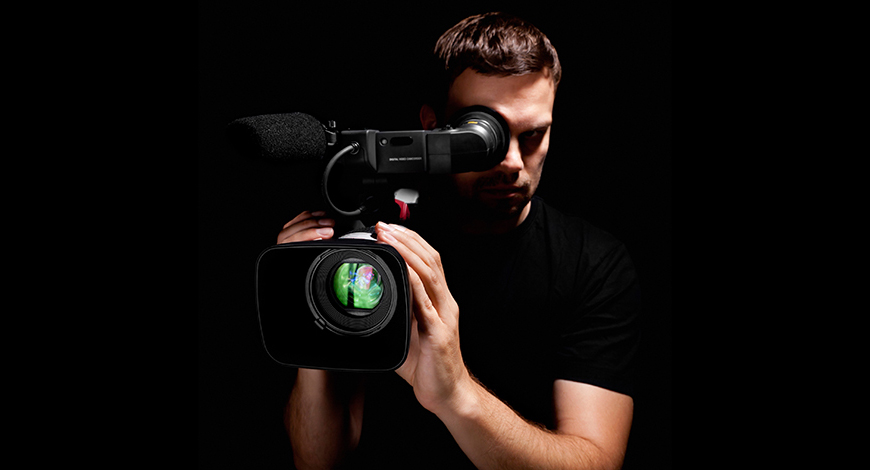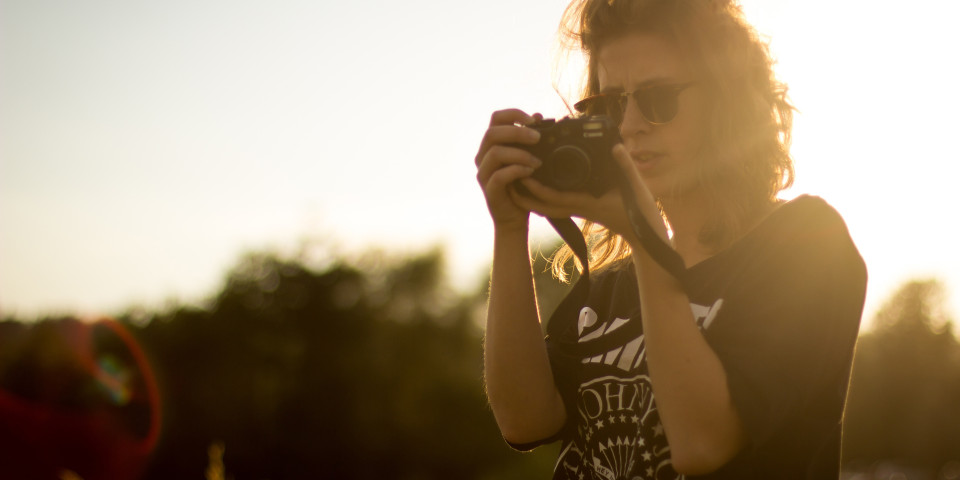Does miracle sound like a strong word to you? I can certainly understand that perspective and I am sorry if my use of the word disturbs anyone. How about magical?
There remain a large number of photographers who remember the days of film, in fact, many of us still shoot film, and new photographers are also embracing film to get a sense of what the craft was like “way back when”. Film is certainly enormous fun, but for those who never shot film, you may be missing the magic of not being bound to ISO.
What is ISO anyway?
Beyond the button or dial on the camera. In the simplest way to describe it, digital ISO is a representation in software of the chemical sensitivity that film had to light. It’s a piece of history that isn’t really needed to be called ISO anymore because sensors are not film. When digital was starting out, manufacturers of cameras agreed that they would use a standardized measure of sensitivity so that light meters in a given situation with the same lens would give the same reading whether the camera used film or a digital sensor. The goal was that the exposure reading for a camera using film, let’s say an old Minolta SRT-102, that read 1/125 of a second at f/16 at ISO 100 would be the same on a new digital camera. This would make it easier for photographers to transition. The digital ISOs were arbitrary, and the numbers made to match the exposure for a certain ISO film in the same situation and that’s where the magic starts.
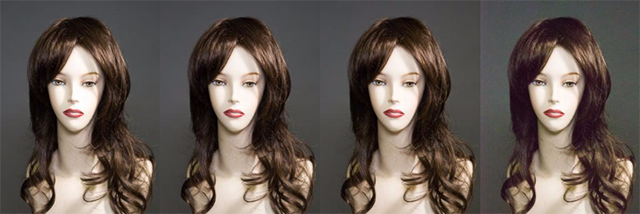
ISO 100, ISO 400, ISO 3200 and ISO 25600
With a roll of film, you set the ISO when loading the film and used the same one for the entire roll. If you found a situation with really low light, tough, get out the tripod or the supplementary lights and accept that sometimes while you could “see” the shot, you could not “make” the shot. If you loaded too high a speed film and the lighting was super bright, you were probably out of luck unless you had Neutral Density filters in your kit. ISO was a gate, and once set, you lived with it for the entire roll.
In digital, ISO is a purely arbitrary number. ISO 100 on digital doesn’t look like ISO 100 film, it simply will use the same exposure in the same situation. In film, we could go to ISO 400 pretty readily and higher ISO films, especially the colour variants tended to look like they had specks thrown at them. The reason for this is that the grain (the chemical photoreceptors) were larger to be more light sensitive on higher ISO films. So photographers worked very hard to use the lowest possible ISO all the time.
I should say at this point that the concept of grain doesn’t exist in digital, although the noun is used improperly every day. The reason for this is that the photo receptors don’t change size when we raise the ISO on a digital camera. What changes is the amount of voltage applied and the more voltage the more digital noise we see. Our challenge is noise, not grain, but even with that challenge we have a more flexible image capture world than our film shooting friends.
Today, if the lighting situation changes from frame to frame, we can change the ISO for every frame if we wish. We can even extend our camera’s fully automatic and semi-automatic modes by letting the camera use its own programming to pick the ISO for each image. I’ve met plenty of beginning digital photographers who’ve never heard of ISO and just know that their camera does all it can to make a well exposed image.
Now imagine what happens we you control the magic. Let’s say you are at your cousin’s wedding and it’s a bright sunny day and everyone is dressed in wonderful outfits. You want the lowest amount of digital noise and the richest possible colours and widest tonal range so you choose a smaller ISO number, let’s say ISO 100. You come away very pleased with the exposure of your images.
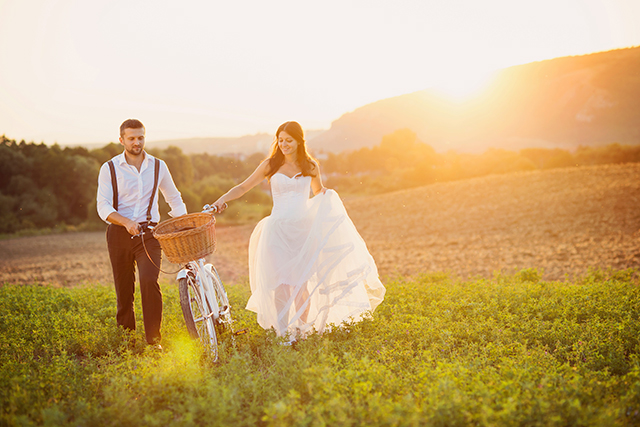
Shooting at a low ISO gives the best colour and lowest noise
Three hours later you are in a dim reception hall with poor lighting and you want pictures of the first dance. Keeping ISO 100 will result in shutter speeds that will give you blurred images. Raise the ISO to 1600 and see what happens. Perhaps the images look exactly right. What if they are still a bit blurred, because of too low a shutter speed? No problem, raise the ISO again. At some point you get what you wanted, and you didn’t need a different camera, or to change to a different kind of film. What’s even more magical is that unlike the days of film, we can purchase cameras right now that produce images that look good at ISO 6400. There is certainly more digital noise, a shorter tonal range and colour that isn’t as deep at ISO 6400 than at ISO 100 but you have an image.
That was unattainable with film in general and even with push processing techniques it ended up looking horrible. I regularly shoot high school football under the lights in amateur stadiums at ISO 25600 and get excellent images.
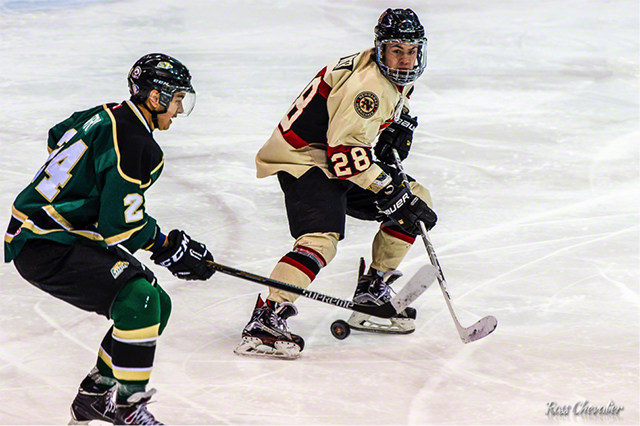
Shooting at ISO 3200 in arenas is needed to freeze the action
Cameras have been introduced at CES 2016 capable of over ISO 1,000,000. It really is a magical time, and the ability to vary our ISO from image to image over a range never seen before can really be seen as quite miraculous.
Until next time, peace.

